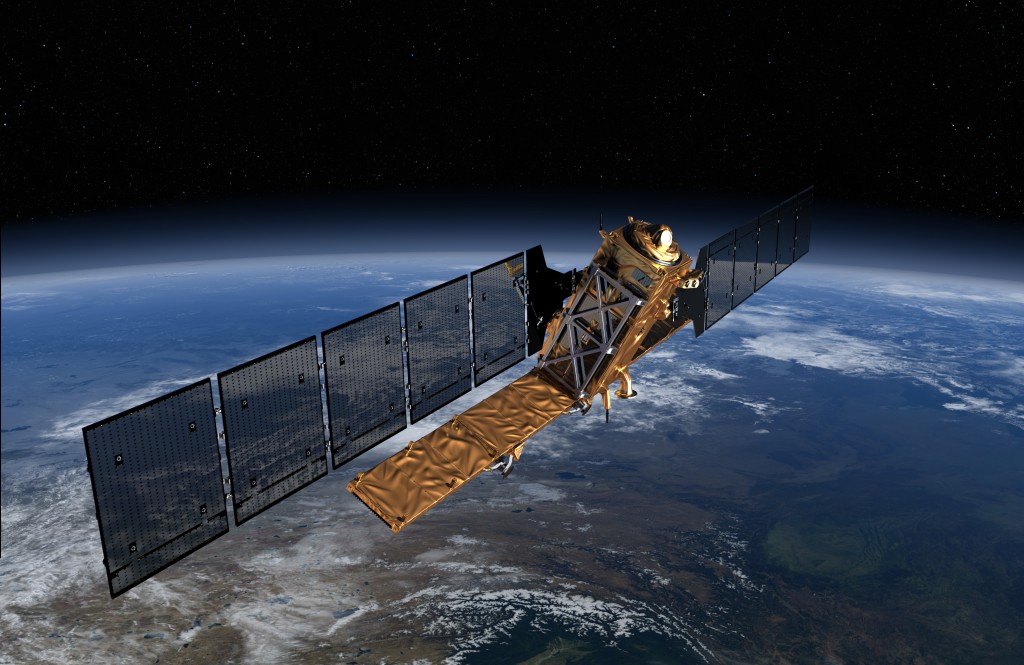James Hickey is a PhD student in the School of Earth Sciences at the University of Bristol. A geophysicist and volcanologist by trade, his PhD project is focussed on attempting to place constraints on volcanic unrest using integrated geodetic modelling.
White Island is a small volcano roughly 30 miles off the coast of the Bay of Plenty in New Zealand. It is part of the Taupo Volcanic Zone, which is also home to the impressive Lake Taupo, a flooded caldera that formed in an eruption (a ‘super-eruption’ if you must) approximately 27,000 years ago. White Island, or Whakaãri in Maori, has been one of the most active volcanoes in New Zealand for the past 150,000 years, and its close accessibility makes it a haven for volcanologists and tourists alike. It was even once mined for sulphur. However, its danger shouldn’t be underestimated.
On the evening of the 11th October 2013 (local time) a small explosive eruption occurred, throwing up a column of ash and depositing mud over the crater floor – as can be seen in the image below (and check the video here, including volcanic lightning at 15 seconds). Alert levels were immediately raised and the Aviation Colour Code upped to Orange. This activity was preceded by 15 months of unrest, that is deviation from the background behaviour of a volcano towards a level that might be cause for concern in the short-term. The aviation warning was soon reduced back down, but the volcanic alert level remains at 2, as a similar event can be expected without prior warning.

Before (left) and after (right) images of the small eruption taken from a web camera positioned on the north crater rim. You can clearly see the mud layer deposited by the explosion. Image credit: GNS Science
Fortunately no one was injured in this recent eruption. But as this island offers such a unique opportunity for tourists, with up to 10,000 visitors a year, there is a real need to maintain the monitoring and improve our understanding of the processes that preclude volcanic eruptions.

Above: a photo I took as a bumbling 18 year-old tourist in 2006 whilst on a visit to White Island. It’s likely the stream of people in the picture would have been seriously injured by the eruption that took place. In the background you can see steam from fumaroles that give the island its ‘White’ name. Credit: James Hickey


